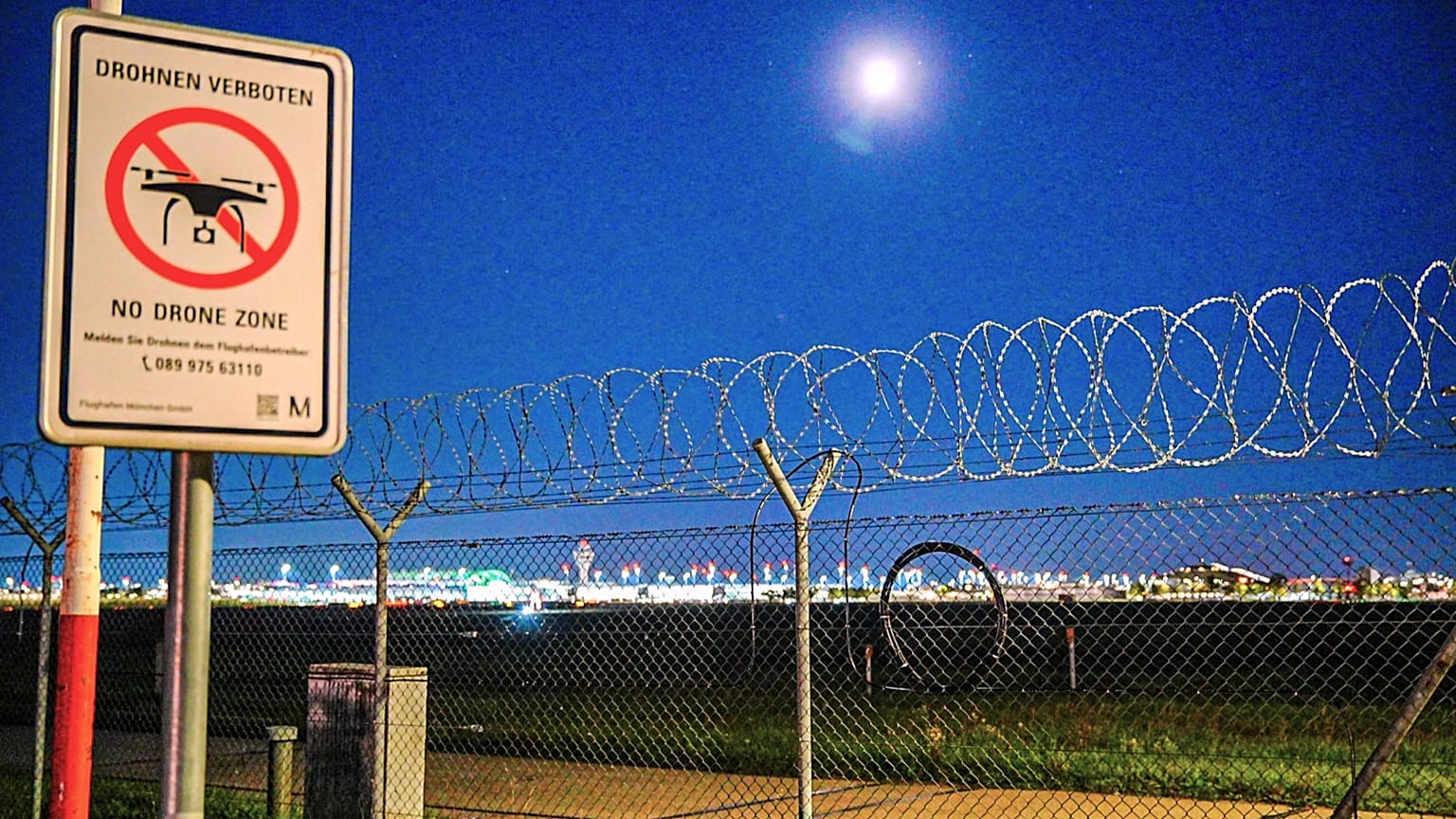The prolonged conflict between Serbia and Kosovo has left deep imprints on the political, social, and economic landscapes of the Western Balkans. Rooted in ethnic, historical, and political complexities, the friction has evolved from outright war in the late 1990s to a challenging post-conflict situation. This article explores the far-reaching consequences of this conflict, examining the regional and international dynamics, and the profound impacts on local communities.
Political Ramifications
1. International Recognition and Diplomatic Tensions
Kosovo proclaimed its autonomy from Serbia in 2008, a decision Serbia refuses to accept. This has caused an enduring diplomatic deadlock. Approximately 100 nations, including the United States and most European Union countries, acknowledge Kosovo’s independence, whereas Serbia and several countries—including Russia and China—do not. This division hinders Kosovo’s ambitions to integrate into international organizations such as the United Nations and the European Union. The absence of agreement has led to recurring political confrontations at global meetings, hindering discussions and escalating mutual suspicion.
2. EU Integration and Regional Stability
Serbia and Kosovo are both looking to become part of the European Union, yet their ongoing conflict is a significant barrier. The EU has emphasized that improving their relationship is necessary before continuing membership discussions. Consequently, the integration process for these countries has stalled, resulting in an uncertain situation for the Western Balkans. The continued uncertainty about borders and administration causes concern among nearby nations and heightens fears regarding the possibility of reemerging ethnic conflicts.
Socio-Economic Consequences
1. Economic Stagnation and Disparity
Economic development in both territories suffers directly from lingering hostilities. Conflict-related infrastructure damage, persistent security concerns, and restricted cross-border commerce hinder foreign investment. The World Bank reported in 2022 that Kosovo’s GDP per capita remains substantially lower than the EU average, with high unemployment—especially among youth. In Serbia, regions bordering Kosovo experience economic volatility due to disrupted trade and periodic tensions.
2. Humanitarian and Social Effects
The wars during the 1990s caused a massive displacement, with numerous Serbs, Albanians, and various other ethnic groups being forced to abandon their residences. Although several initiatives have aimed at facilitating returns, numerous areas are still divided along ethnic lines. Profound mutual suspicion has hindered efforts towards reconciliation, preventing societal integration on multiple fronts. The Balkan Investigative Reporting Network has highlighted that more than 1,600 individuals are still unaccounted for as of 2023, highlighting ongoing humanitarian issues.
Security Implications
1. Regular Increases and Global Involvements
While active conflicts ended in 1999, events like the 2023 turmoil in northern Kosovo reveal the ongoing threat of aggression. The NATO-led KFOR mission and the EU’s EULEX remain crucial in maintaining stability, yet occasional clashes between ethnic Serbs and Albanians underscore the delicate nature of the peace. Any intensification of tensions could attract involvement from nearby countries or outside parties, jeopardizing wider regional stability.
2. Challenges of Transnational Crime and Border Control
The weak collaboration between institutions and the administrative division creates a conducive environment for smuggling and organized crime. Global organizations have raised concerns about the trafficking of drugs, firearms, and humans across the permeable boundary between Serbia and Kosovo. These illegal activities weaken the enforcement of law and hinder genuine economic growth.
Influence on Culture and Psychology
1. Fragmented Identities and Educational Challenges
Generations in Kosovo and Serbia have been raised with stories influenced by conflict, resulting in significant differences in how history, sovereignty, and cultural heritage are viewed. Educational materials provide conflicting stories, which strengthen mistrust between groups. In areas with minority populations, the opportunity to learn in one’s first language is frequently limited, maintaining divisions.
2. Decay of Trust and Participation in Civil Society
Efforts at dialogue and mutual understanding are hindered by a chronic lack of trust. Civil society organizations play a crucial mediating role, yet their reach is limited by political restrictions and a challenging funding environment. High-profile cultural heritage disputes—such as over Serbian Orthodox sites in Kosovo—feed into broader narratives of victimhood and loss, making reconciliation arduous.
Examples of Events
1. The Blockade in North Kosovo (2022–2023)
A series of border closures and heightened confrontations in northern Kosovo revealed the delicate nature of local interactions. Serb communities in the area, opposing the policies of the Kosovo government, set up blockades and withheld cooperation—resulting in ongoing police interventions, demonstrations, and efforts at international negotiation. This scenario affected routine activities, trade, and essential services, while raising concerns of potential conflict resurgence.
2. Paralizado Diálogo de Bruselas
Initiated in 2011 with the support of the EU, the Brussels Dialogue sought to establish normalized relations. Although technical agreements were achieved in areas like energy and telecommunications, the actual enforcement of these agreements has been uneven. Political leaders encounter resistance at home when they make compromises, which leads to a slowdown in progress. Every stalemate reduces public trust in negotiations as an effective means of resolving conflicts.
The Serbia-Kosovo conflict offers a complex case study of how unresolved political disputes permeate societies, economies, and international relations. Every dimension of life—from economic opportunity to cultural memory and regional stability—remains influenced by the conflict’s legacy. Efforts at resolution move forward slowly, constrained by deeply embedded narratives and mutual resentment. The experiences of local communities, coupled with persistent international involvement, underscore the need for creative dialogue, grounded reconciliation processes, and sustained engagement on all levels. Only with these can pathways toward durable peace and lasting development emerge in a region shaped by historical division and contemporary challenges.





